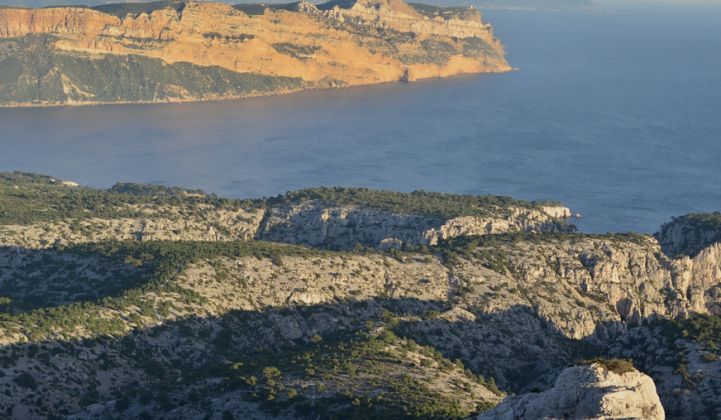Recent research suggests that energy storage does not yet make financial sense in continental Europe.
France’s €30 million ($33 million) Nice Grid pilot, part of a major European Union energy research program called Grid4EU, ended this month. The pilot showed that that battery storage is only economically viable in parts of Denmark and Germany.
But that's not stopping France, which is looking to kick-start the market for energy storage on islands where the technology makes far more sense.
Financial modeling of a solar power tender launched for France’s offshore communities concluded there is “a huge storage potential,” according to Thomas Hillig of THEnergy Consulting, who carried out the work.
The Nice Grid project found that batteries cost between €500 and €1,000 ($553 and $1,107) per kilowatt-hour, plus 30 percent more for installation and inverters.
Saft supplied 20 of its 4-kilowatt-hour lithium-ion batteries for the pilot, in the village of Carros, which has a total solar capacity of 2.5 megawatt-hours.
ERDF also installed two 100-kilowatt-hour batteries connected to "several dozen" homes, plus two 600-kilowatt-hour systems linked to the low-voltage grid and one attached to the high-voltage network. The cost of the energy storage systems was said to be under €2 million ($2,205,700).
Although the technology worked "perfectly," the chief executive of France's grid operator told Reuters "the economic model of the batteries is not mature yet."
Battery costs are currently too high for France, where retail energy prices hover around €0.17 ($0.19) per kilowatt-hour, and for most of Europe, where prices are around €0.21 ($0.23).
However, storage might be economically viable in parts of Germany and Denmark where retail power rates are as high as $0.30 ($0.34) per kilowatt-hour. Reuters cited analyst predictions that the tipping point for batteries might come around 2020.
Separately, Hillig predicted this tipping point had already arrived for French islands involved in a tender for 50 megawatts of solar power, launched in May.
The tender calls for at least 25 megawatts and 25 megawatt-hours of storage, although the total amount commissioned is likely to be larger, he predicted. “You have to provide electricity when there is no PV generation,” he said.
Renewable energy accounts for one-quarter of all generation across Europe and on French islands. However, the cost of electricity is much higher on the islands because of the need to ship in diesel.
The three main markets for French island-based energy storage are likely to be Réunion in the Indian Ocean, and Martinique and Guadeloupe in the Caribbean Sea. The precise size of each market is difficult to predict, Hillig said.
“There is a total cap of money that is available, but there is no proportion allocated to specific islands,” he said.
From a technology perspective, Hillig expects most of the storage to come from lithium-ion batteries, with a few other battery chemistries mixed in. “It’s really very site-specific,” he said, “but I do not expect flywheels.”
The question for developers is whether non-French companies will get a chance to compete. French energy tenders are notorious for favoring French suppliers.
In March 2013, for example, the French Energy Regulation Commission launched a tender for 100 megawatts of concentrated photovoltaic projects that appeared largely aimed at supporting Soitec, a manufacturer that has since left the solar market.
Similarly, major French industrial players have dominated French tenders for offshore wind. On this occasion, however, Hillig believes foreign companies may stand a chance if they form allegiances with French project developers.



